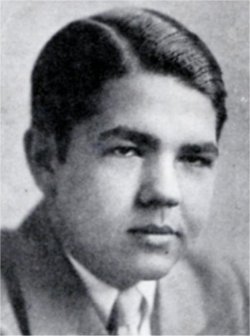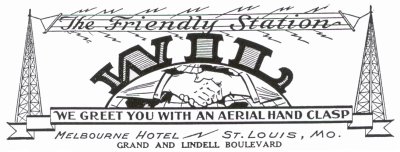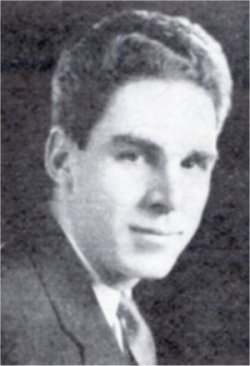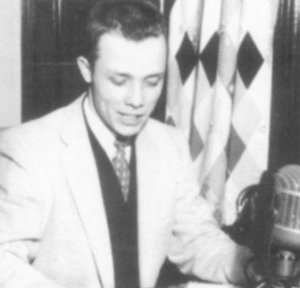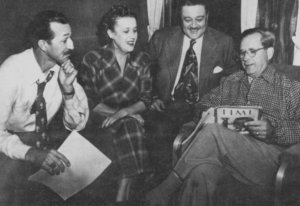Radio Articles
Radio, Newspaper war
Information for this article was provided by the St. Louis Public Library’s Media Archives
Even though they competed for advertising dollars, there have been times when radio has really needed newspapers. In the case of an East St. Louis radio station, the newspaper wouldn’t cooperate.
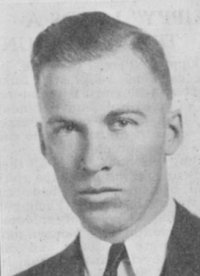
Lester Cox, a Springfield, Mo., businessman, came to East St. Louis in 1935 to build a radio station. The local economy was still reeling from the Depression, but business investment was starting to pick up. Cox hired William West, the former general manager of KMOX, to run his station, which was incorporated as Mississippi Valley Broadcasting.
A construction permit was issued by the Federal Communications Commission in February of 1935 over the objections of the Pulitzer Publishing Company, Thomas Patrick Convey and Benson Broadcasting.
It seems Pulitzer, which owned KSD in St. Louis, Convey (KWK) and Benson (WIL), didn’t want competition on the east side of the metropolitan area. The companies argued to the F.C.C. that they were already providing adequate radio service to the area. The argument was overwhelmingly rejected.
Lester Cox was very successful in his work. He was president of Ozark Auto Supply and owned two radio stations in Springfield. He was invited to speak to the East St. Louis Chamber of Commerce to tell them of his plans for WTMV. “I make my money someplace else and spend it in radio,” Cox told the forum. “But the Springfield stations are making money and we expect WTMV to do likewise.”
It may have been this sentiment that raised red flags in the offices of the East St. Louis Journal. The local daily paper had given minimal coverage to the new radio station, but in the 1930s, many newspapers viewed the radio industry as a major threat. An ongoing “press/radio war” was being waged to prevent radio from broadcasting news, which was direct competition to the newspapers, and the radio sales staffs went after the same advertisers as did newspaper salespeople.

Possibly for these reasons, Cox and his new radio station were deprived of much of the hoopla that surrounded the sign-on of other stations in the market. There were some published news reports, but once the station was in full operation, there were no features published. For a time, the newspaper even refused to print WTMV’s broadcast schedule, although it ran the schedules of stations in St. Louis. And this means there is very little history of the station available.
Cox and manager West then set out to lure some of the market’s best-known people to help manage the operation. Woody Klose was brought in from KSD as program manager; Fred Liggett resigned as KSD’s chief engineer to move to the same slot at WTMV; and J.C. Etherington left a sales position at KMOX to become sales manager. A contract was signed with the downtown East St. Louis Broadview Hotel to locate studios on the mezzanine level, and the station’s broadcast tower was erected on the roof. Klose got the immediate attention of the public when he announced open auditions for on-air talent.
Over 100 applicants showed up the first day. It was, after all, still a difficult time economically, and many people needed the income that might be derived from appearances on the radio. Klose immediately announced that auditions would continue for a solid week to handle the crowds, and special night auditions were scheduled for “working girls” who couldn’t get to the studios during the day. Chief announcer Jack Edmunds, who had worked with NBC, was enlisted to help screen applicants.
There was another promise made to the Chamber of Commerce during that speech by Cox: “Every dollar of profit out of the station will be put back into it, until you have a station second to none in the country.” Things have certainly changed in the radio business.
